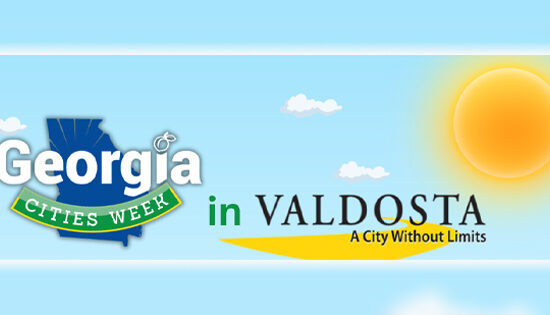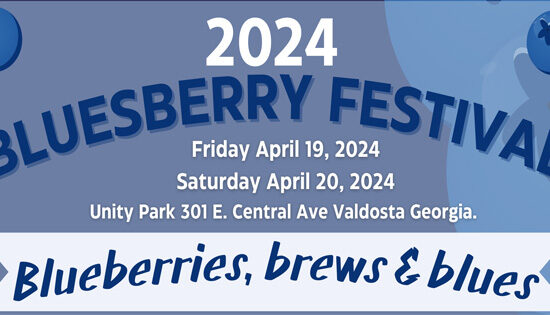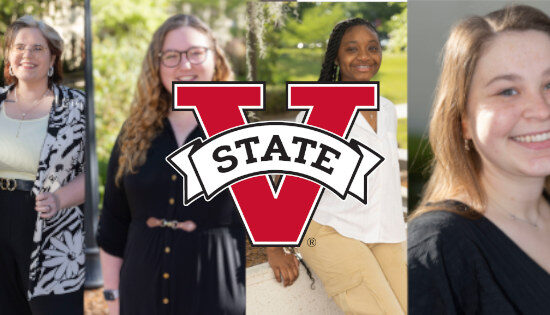
Valdosta State University students with an interest in biology or environmental geosciences now have access to more hands-on research and learning with the recent improvements to the Lake Louise Field Station.
The home of research dating back to the late 1960s as well as published studies dating back to the 1970s, Lake Louise is a blackwater lake located nine miles south of Valdosta. Scientists and scholars have studied sediments found throughout the lake to make important discoveries that range from change in vegetation types, to water quality and climatic events such as hurricanes.
Previously about 70 yards in length, the boardwalk leading down to the lake has been expanded to half a mile for more convenient, safer exploration of the lake. The old boardwalk had not been replaced since the mid-1990s, according to Dr. David Bechler, VSU professor of biology and overseer of the field station. The new boardwalk, which is built with treated lumber, is expected to last for at least 20 years. It includes two canopy areas for protection during rain and accessible ramps for students and faculty members with physical disabilities.
The expansion was a $230,000 investment, but was well worth it considering the amount of research and class projects that can now be done around the lake,” said Bechler. “The goal is to have more classes taught out at the lake to provide students with more practical learning.”
The completed boardwalk runs around the eastside of the lake to a barrow pit at the south end of the field station. Additional improvements involved in the project include a bridge that has been built to cross the creek that drains Cat Face Lake (west of I-75) into Lake Louise as well as the reopening of the old Atlanta Gas and Light access road along the interstate fence so it now reaches the barrow pit. Classes and researchers can now walk completely around the lake using the boardwalk, the road and the new bridge.
“There is a small parking area, turn-around area at the pit,” said Bechler. “Now classes can be driven back to the barrow pit and the old winding path leading back to the pit can be allowed to return back to a more natural state.”
A burn was recently conducted at the field station to clear heavy vegetation growth on the north end of the field station. This, and subsequent burns, will allow establishment of more open habitat as well as the development of a wiregrass stand under the pines.
“We now meet state regulations for individuals with disabilities and have improved access to areas we did not have access before or had poor access,” said Bechler. “Now classes can spend more time working on class projects and less time trying to get to an area, and teaching and research equipment can be more easily transported into research and teaching sites.”
“I would like to thank all those at VSU who have worked on the various projects over the past year as their efforts have allowed us to make important improvements to the field station,” said Bechler. “Specifically, I would like to thank College of Arts and Sciences Dean Connie Richards for her strong support this past year as well as Ray Sable, director of plant operations; Robert Tindall, associate director of facilities planning; Dan Coody, project manager of facilities planning; and Robert DeLong, director of environment and occupational safety, for help setting up the needed contracts and assuring they met state and University System of Georgia regulations and requirements.”
Bechler also acknowledges the assistance of Karla Hull, acting provost and vice president of Academic Affairs; Honey Coppage, associate to the provost; Emily Cantonwine, associate professor of biology at VSU; Scott Greg, natural resource specialist with the Suwanee River water management district; and the field station advisory committee.
Around Lake Louise dwell a wide variety of organisms and associated habitat types that can be used for research and teaching. Recently, the site was used during a project that assessed pig carrion, or decay. Through this project, Dr. Joyce Chan, assistant professor of anthropology at VSU, and Dr. Mark Blackmore, professor of biology at VSU, developed a decomposition timeline to estimate the time of death and reconstruct events leading to a person’s death. Pigs were used as human analogs to determine the decay rate at Lake Louise.
“The Ethno- and Research History of the Lake Louise Field Station” was co-authored by Bechler, along with Dr. Paul Riggs, assistant professor of history and history department head at VSU, and Dr. John Pascarella, former professor of biology at VSU. The article was published in the Georgia Journal of Science in 2010.
For more information about Lake Louise, contact Bechler at dbechler@valdosta.edu .
Press Release from Valdosta State University











